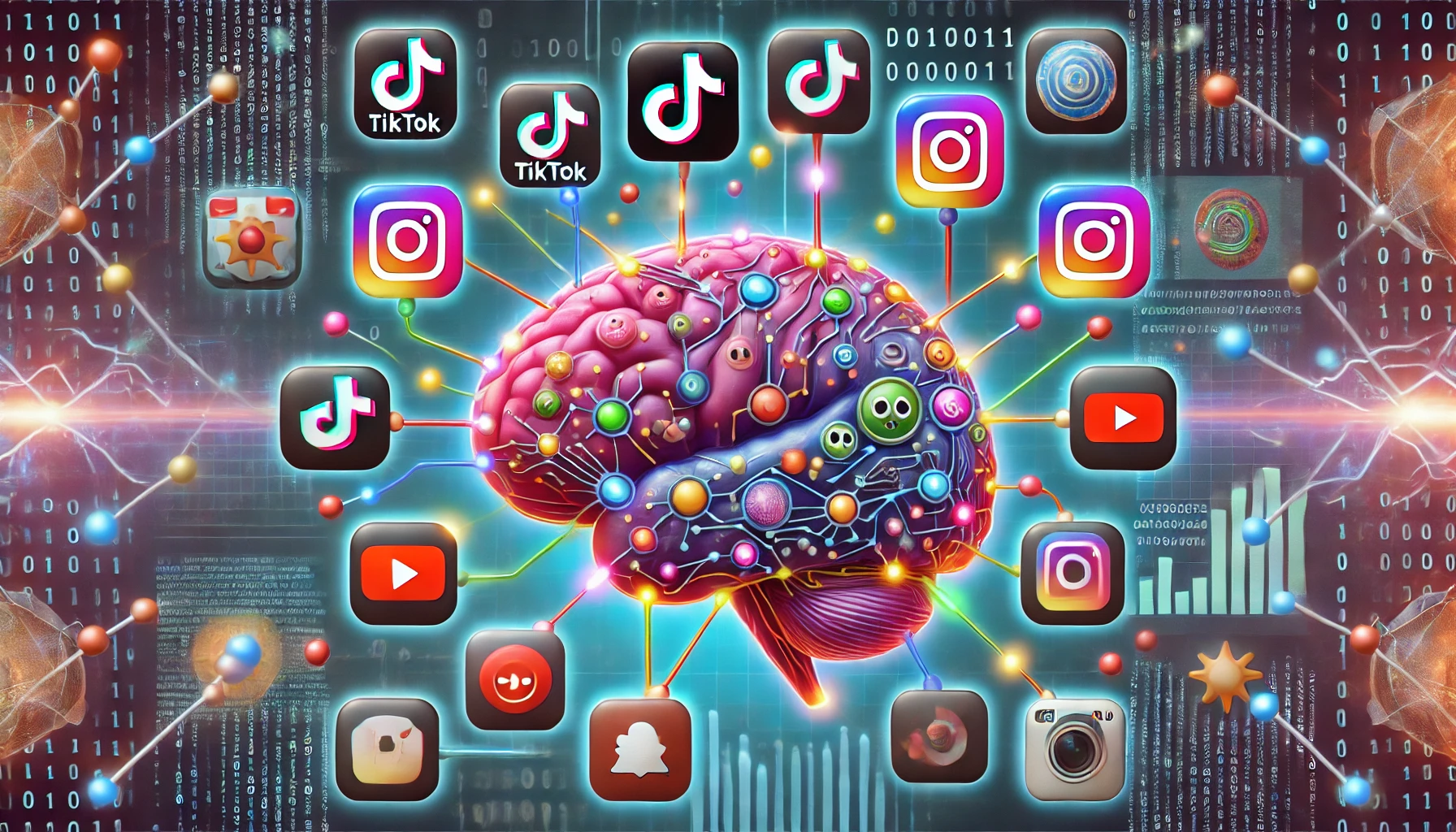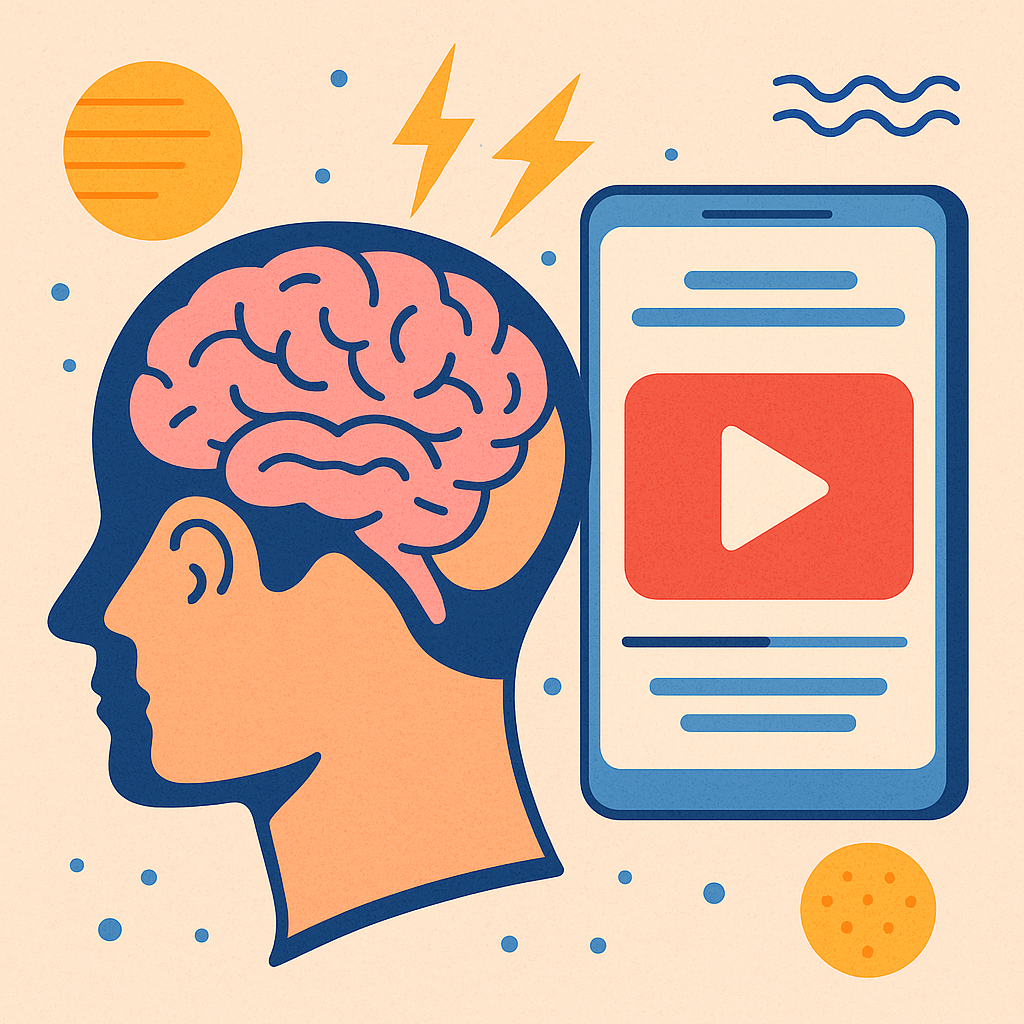Physical Address
304 North Cardinal St.
Dorchester Center, MA 02124
Physical Address
304 North Cardinal St.
Dorchester Center, MA 02124

We’re not just watching videos anymore—we’re rewiring our brains with every scroll.
In the age of TikTok, Instagram Reels, and YouTube Shorts, short-form video content has become an unstoppable force. From funny clips to bite-sized news and tutorials, these rapid-fire videos dominate our screens—and our attention spans.
But have you ever wondered why our brains love short videos so much? And more importantly, what’s it doing to us in the long run?
Let’s dive deep into the neuroscience, psychology, and digital consequences of this new video age.
Short videos activate the brain’s dopamine reward system. Dopamine is the “feel-good” neurotransmitter that gets released when we experience pleasure, achievement, or even anticipation.
Each time you swipe to a new video and find something funny, surprising, or emotionally resonant, your brain gets a small hit of dopamine.
Dopamine is the currency of engagement.
Short videos offer that reward quickly and frequently, training your brain to crave more with minimal effort.

According to a study by Microsoft, the average human attention span dropped from 12 seconds in 2000 to just 8 seconds today—shorter than that of a goldfish.
Short videos match this trend perfectly. They get to the point fast, use visual and auditory stimuli to hold attention, and end before boredom kicks in.
This “snackable content” is designed to keep you hooked and scrolling for hours—without you even realizing it.
Platforms like TikTok, Instagram, and YouTube use infinite scroll and algorithmic curation to deliver personalized content constantly. This creates a psychological feedback loop:
Technology has become a kind of dopamine slot machine.
This loop keeps users engaged (and often addicted), making it harder to stop watching—even when we want to.
While short videos can be entertaining, educational, and uplifting, they also come with downsides:
Long-form content (like books, podcasts, or documentaries) requires sustained attention. Constant exposure to short videos may reduce our ability to concentrate on deep tasks.
We consume hundreds of micro-moments, but retain very little. The brain struggles to encode fragmented, fast-paced content into long-term memory.
Short videos often show idealized versions of reality. Repeated exposure can lead to self-esteem issues, FOMO, and mental fatigue.
We are overstimulated, overinformed, and overwhelmed.

Functional MRI scans show that the brain processes short videos differently than longer content:
Absolutely. Short-form content is not inherently bad—it depends on how we use it.
As attention spans shrink, creators and educators are learning to blend short-form formats with deep value.
The future of learning may not be long lectures—it might be 60-second wisdom.
Short videos are here to stay, and our brains are naturally wired to enjoy them. But understanding the psychology behind the scroll gives us power. When we consume with intention, not impulse, we can use these digital snacks to our benefit—not our detriment.
So the next time you find yourself deep in the scroll, ask:
Is this serving me or just stimulating me?
Very informative Content